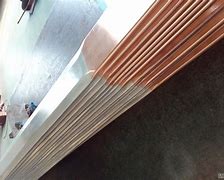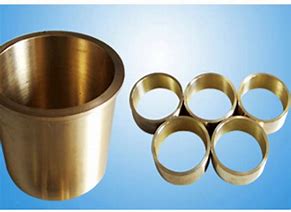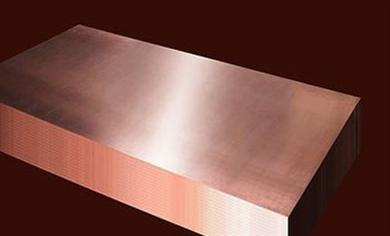**Spark Your Plumbing Prowess: Mastering Copper Pipe Soldering in 5 Steps**
(How To Flux And Solder Copper Pipe)
Copper pipes are the veins of your home’s plumbing, carrying water where it needs to go. But when leaks strike or renovations call, knowing how to solder copper pipes turns you from helpless homeowner to DIY hero. Grab your torch—let’s turn up the heat.
**Step 1: Cleanliness is King**
Dirt and oxidation are the enemies of a strong solder joint. Start by slicing through the pipe with a tube cutter for a clean, straight edge. Grab sandpaper or a wire brush and scrub the pipe’s end and the inside of the fitting until they shine like new pennies. No shortcuts here—grime means weak joints. Wipe everything down with a clean cloth.
**Step 2: Flux It Up**
Flux is like a magic potion for soldering. It cleans the metal one last time and helps the solder flow smoothly. Use a small brush to coat the outside of the pipe and the inside of the fitting with a thin, even layer. Too much flux boils and splatters when heated; too little won’t do its job. Think “Goldilocks”—just right.
**Step 3: Assemble the Pieces**
Push the fitting onto the pipe and twist slightly to spread the flux evenly. Align it perfectly—once heated, adjustments are messy. Use a level if needed. Secure the pipe with clamps or a vise to keep it steady. Shaky hands and hot torches don’t mix.
**Step 4: Heat Things Up**
Light your propane torch and aim the flame at the fitting, not the pipe. Move the tip in a circular motion to warm the metal evenly. Hold the flame about 2 inches away. After 10-20 seconds, touch the solder to the joint. If the metal’s hot enough, the solder melts instantly and gets sucked into the gap like a straw. Feed solder around the entire joint until a shiny ring forms. Pull the solder away first, then the torch.
**Step 5: Cool and Inspect**
Let the joint cool naturally—no blowing or dunking in water. Once cool, turn on the water to test for leaks. A perfect joint is smooth and sealed. Spot a drip? Drain the pipe, reheat the joint, and add a bit more solder. Practice makes perfect.
**Bonus Tips for Success**
Safety first: Wear gloves and safety goggles. Keep a fire extinguisher nearby. Work in a well-ventilated area—flux fumes aren’t perfume. For tight spaces, use a heat shield to protect walls. Choose lead-free solder for drinking water lines.
**Why It Matters**
Soldering isn’t just about sticking metal together. It’s about creating a bond that holds under pressure, lasts decades, and keeps your home dry. Mess up, and you’ll face soggy walls or worse. Do it right, and you’ll save cash and gain bragging rights.
**Troubleshooting Common Issues**
Solder won’t melt? The metal isn’t hot enough—keep heating. Solder beads up? Dirty pipe or old flux. Reclean, re-flux, retry. Joint looks grainy? Overheating. Next time, heat more gently. Leaks after testing? Drain, reheat, and feed in extra solder.
(How To Flux And Solder Copper Pipe)
Soldering copper pipes feels intimidating at first. The torch hisses. The solder sizzles. But once you nail that first leak-free joint, you’ll wonder why you ever called a plumber. It’s not rocket science—just heat, metal, and a steady hand. Your pipes (and wallet) will thank you.
Inquiry us
if you want to want to know more, please feel free to contact us. (nanotrun@yahoo.com)



